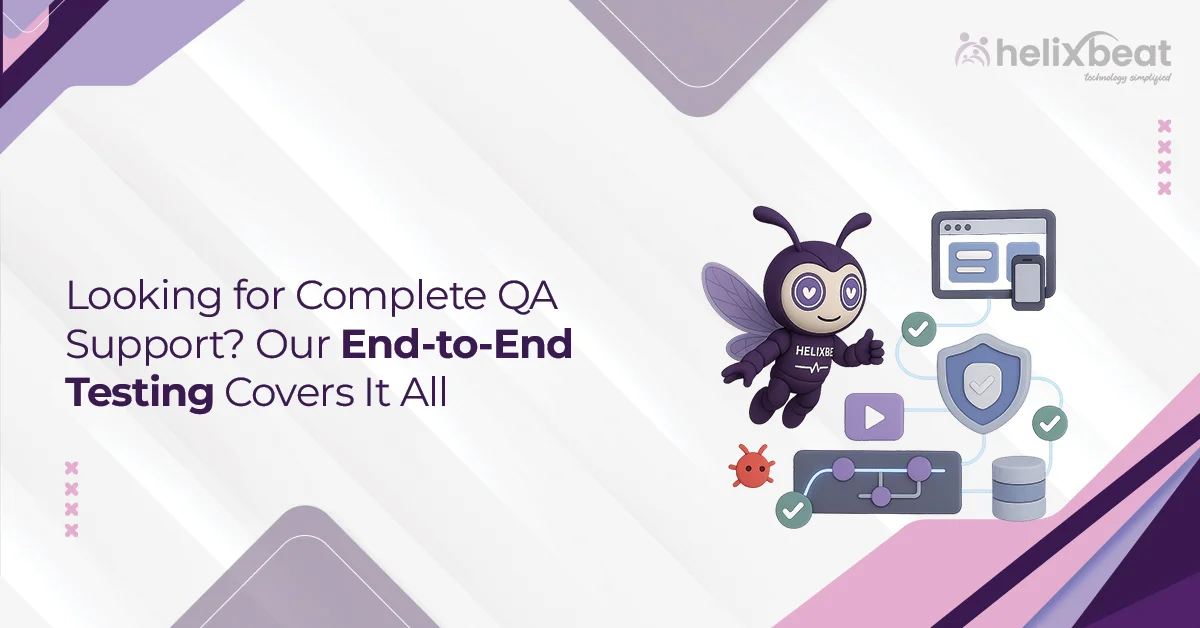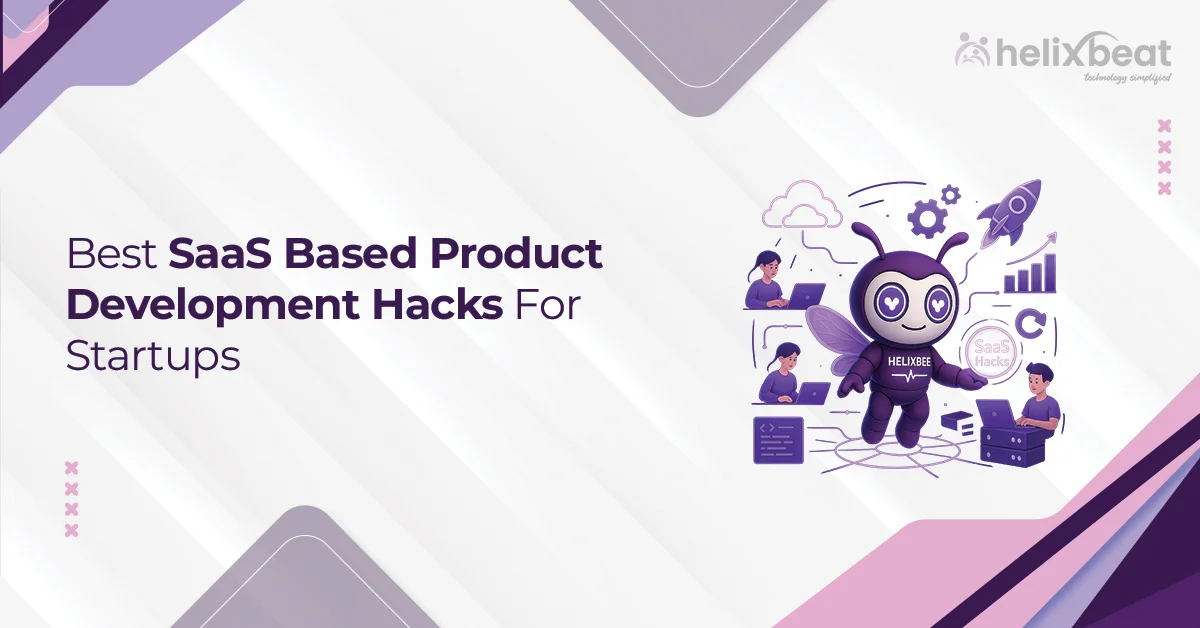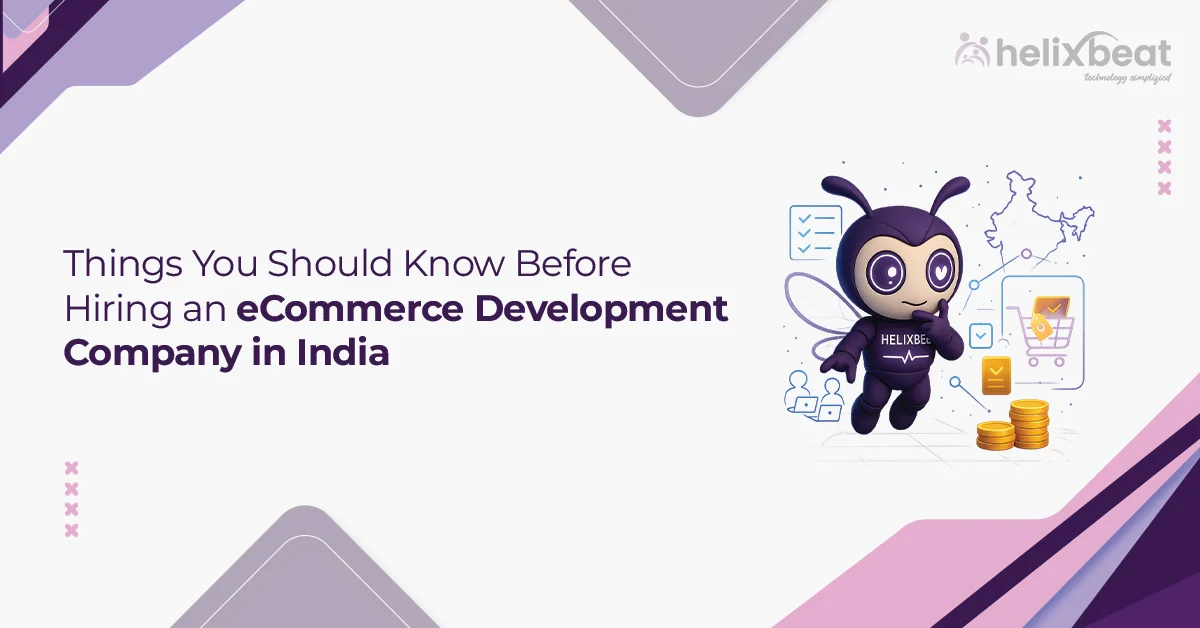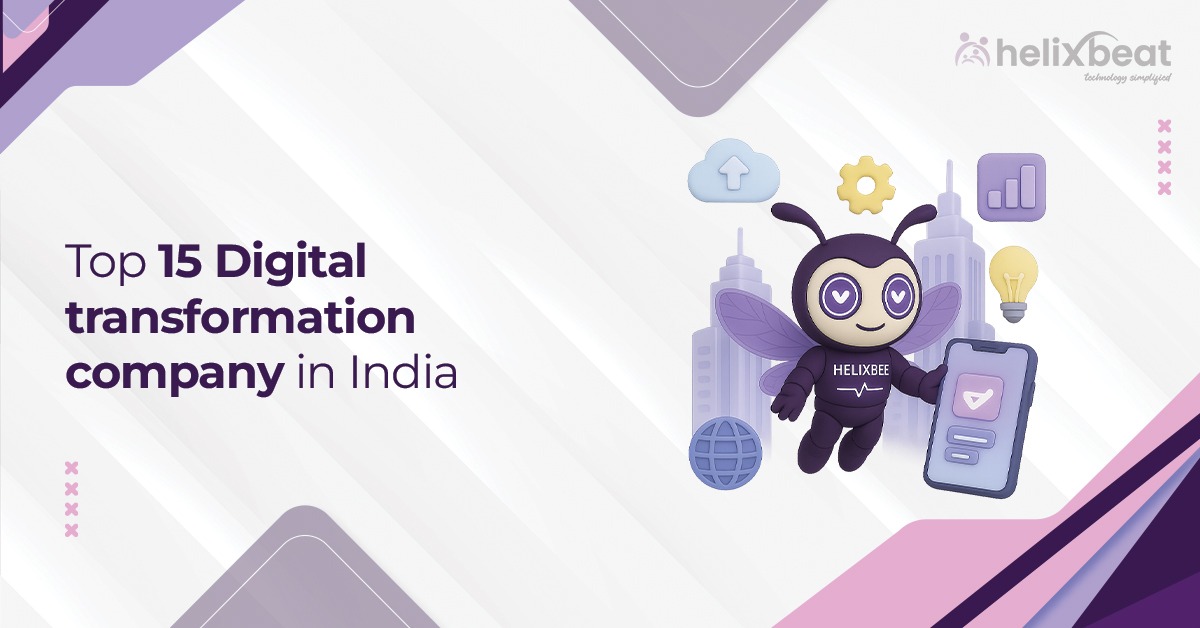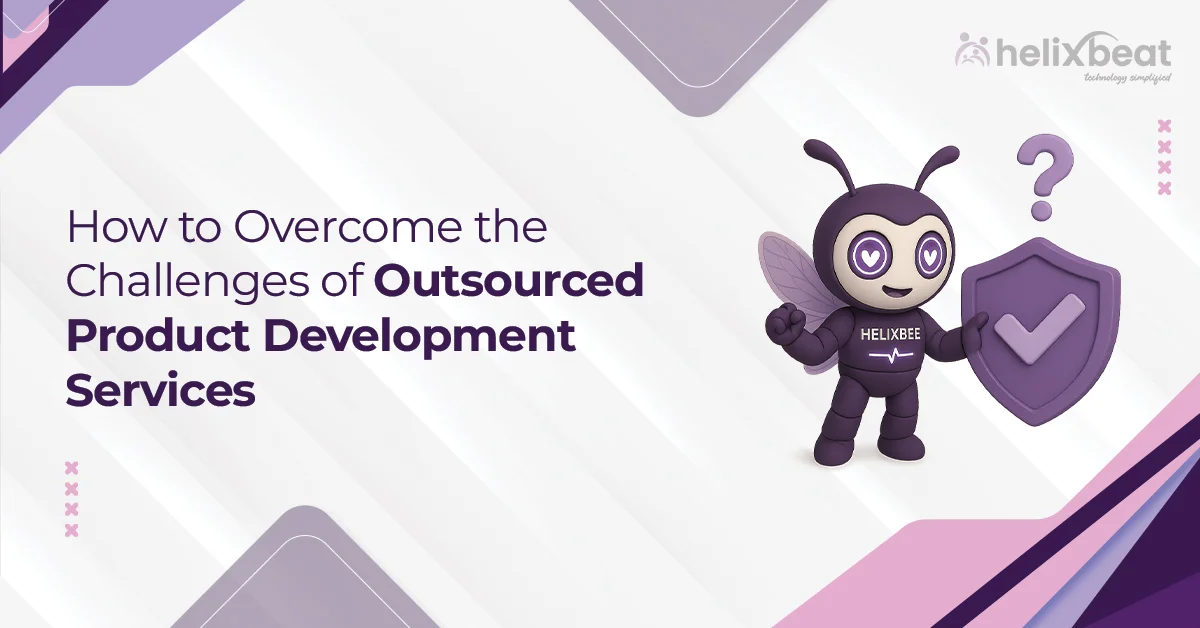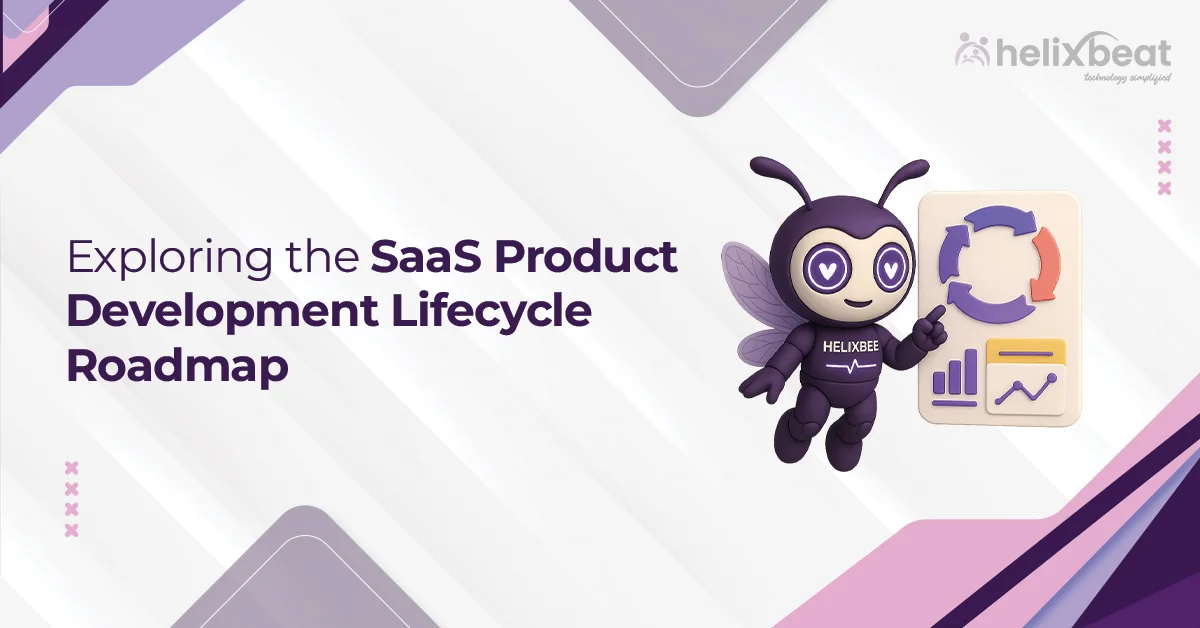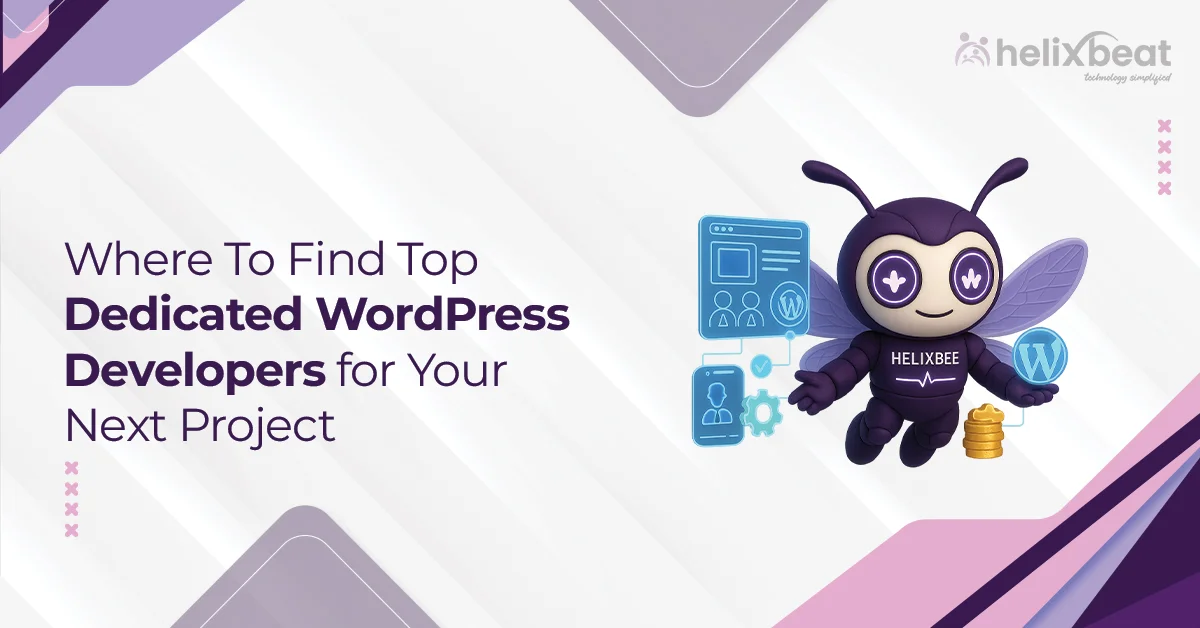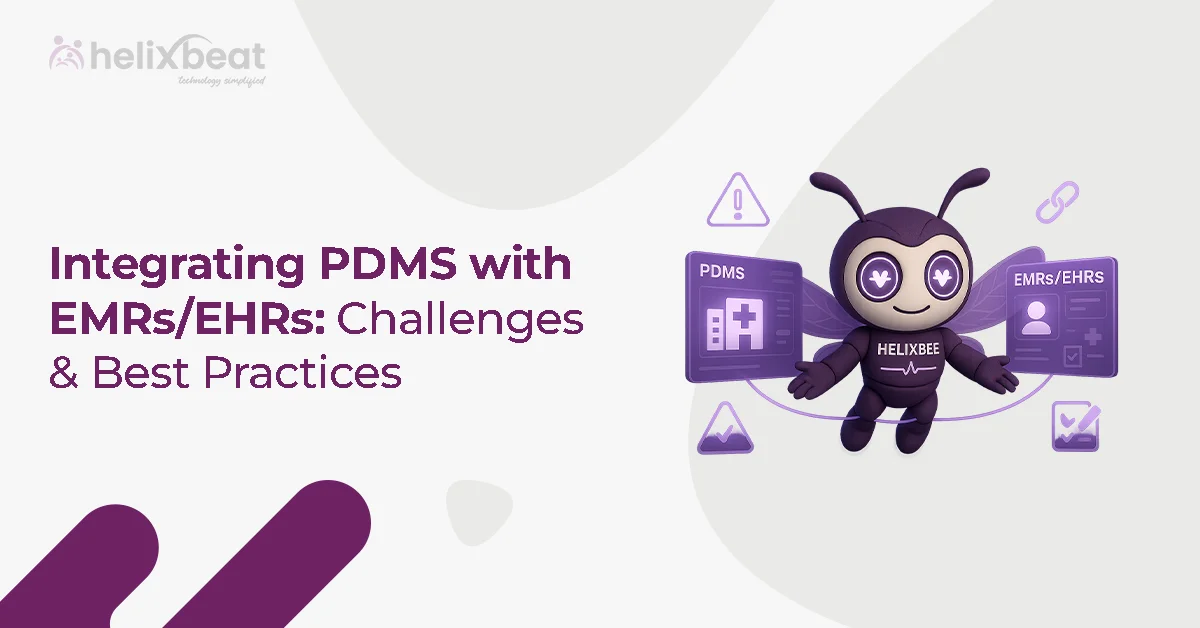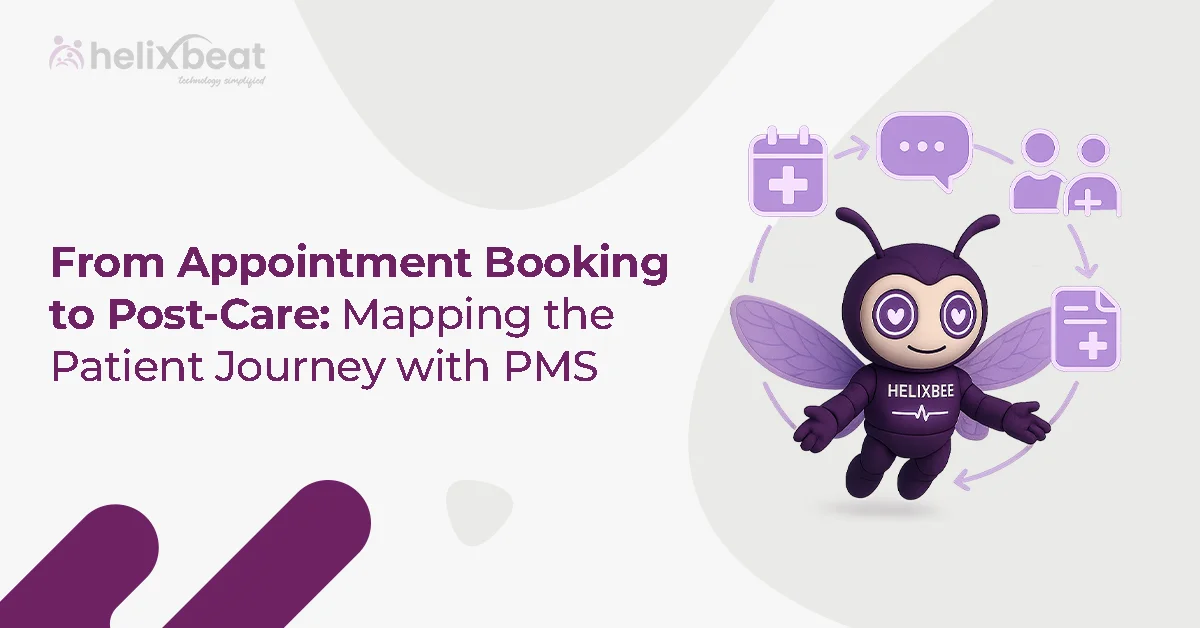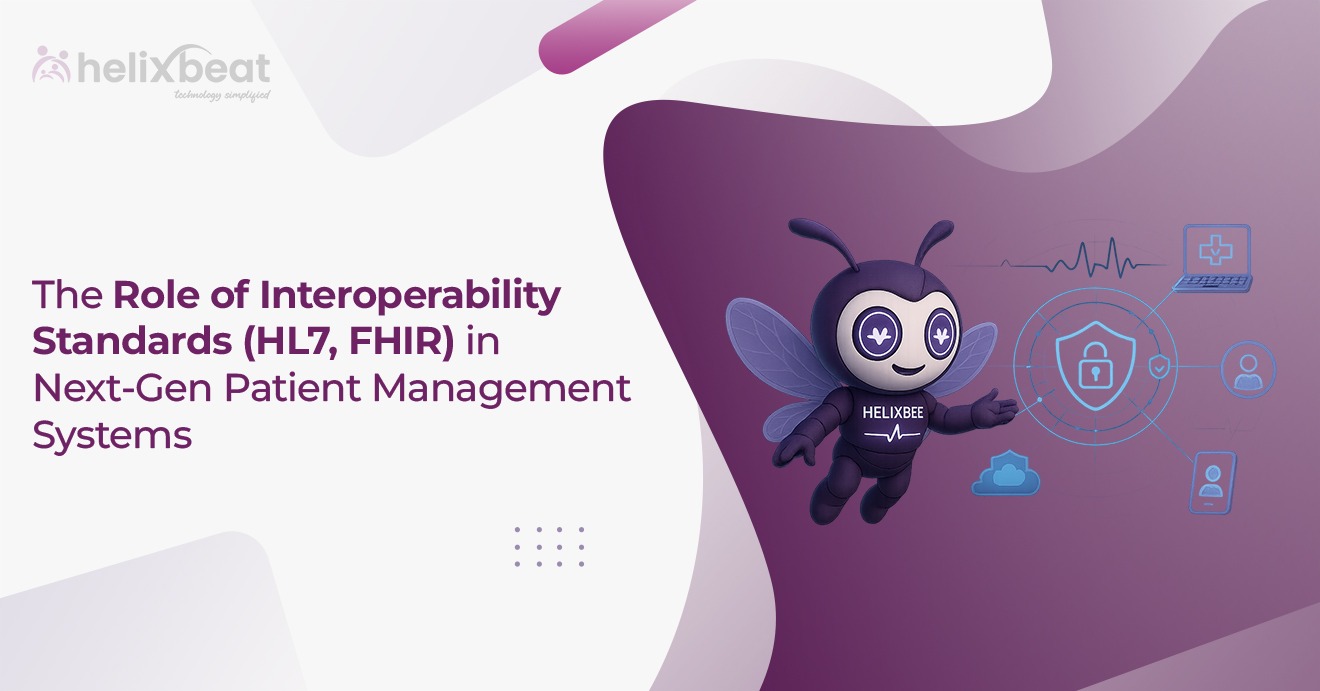Behind every successful SaaS product, there is a clear roadmap that transforms a promising idea into a scalable, revenue-generating solution. Whether it’s Zoom redefining communication or Shopify powering e-commerce, these platforms didn’t grow by luck. They followed a structured development journey backed by the right strategy, team, and reliable SaaS development services.
In a market projected to cross $232 billion in global SaaS revenue by 2025 (Gartner), the potential for growth is undeniable. Yet, many startups fall short not due to weak ideas, but because they skip important development phases that are crucial to product success.
Let’s see the 7 critical development phases every SaaS founder and investor should understand before launching or scaling a product.
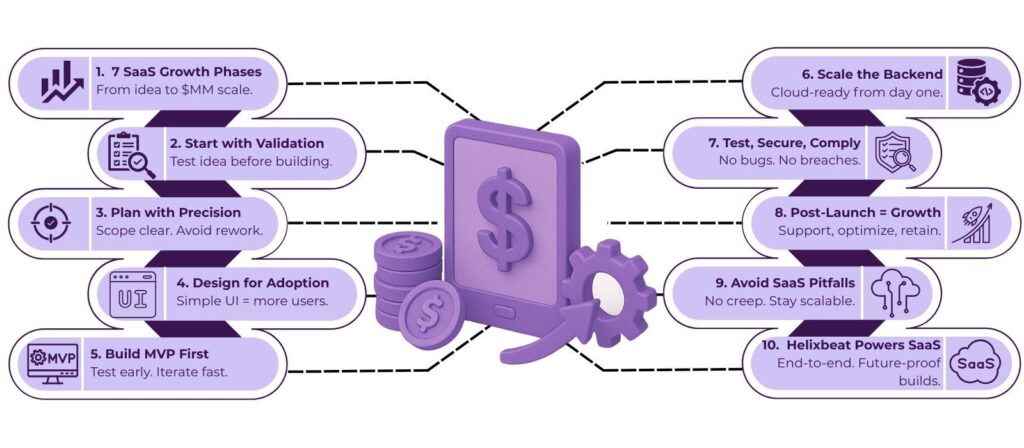
Table of Contents
What is SaaS product Life Cycle?
The SaaS product life cycle is the journey a product takes from idea to maturity. For entrepreneurs, it starts with validating the concept, followed by building an MVP to test real user demand. If successful, the product moves into a growth phase focused on scaling and acquiring users.
As it matures, the focus shifts to retention and feature expansion. Eventually, the product may need to pivot, upgrade, or wind down. Understanding each phase helps founders make smarter decisions and working with the right SaaS development company can streamline this entire journey.
7 Critical SaaS Development Phases
1. Ideation & Market Validation
This phase helps entrepreneurs determine whether their SaaS idea solves a real problem for a specific audience. Through competitor analysis, surveys, interviews, and lightweight landing pages, you validate user pain points and define your product’s unique value proposition early.
Benefits:
- Reduces risk of product failure
- Sharpens target user persona
- Helps prioritize core features for MVP
Example:
Buffer validated its idea with a simple landing page and signup form before development. The feedback helped shape the MVP and gain 100,000 users within 9 months.
2. Requirement Gathering & Technical Scoping
In this phase, your business vision is translated into a development-ready blueprint. Entrepreneurs work with product managers and engineers to define user stories, workflows, integrations, and system requirements setting a strong direction for custom SaaS development services to follow.
Benefits:
- Prevents misalignment between founders and dev teams
- Clarifies project scope and tech complexity
- Enables accurate timeline and budget estimation
Example:
Trello used early scoping to define core Kanban functionality, which helped them scale quickly with minimal technical debt supporting over 50 million users by the time of Atlassian’s acquisition.
3. UI/UX Design & Wireframing
This stage defines how users interact with your product. Entrepreneurs collaborate with designers to build intuitive interfaces, map user journeys, and wireframe each screen, make sures the design encourages adoption, usability, and conversion from the first click.
Benefits:
- Increases product adoption and lowers churn
- Reduces rework during development
- Enhances brand perception
Example:
Canva’s early focus on user-friendly UI helped it reach 750,000 users in its first year without heavy marketing, comes primarily from organic sharing due to easy to use.
4. MVP Development
The MVP (Minimum Viable Product) is your first working version, built with only essential features. It’s designed to test assumptions, gather user feedback, and attract early adopters or investors making this phase a key focus area for most SaaS development services providers.
Benefits:
- Speeds up launch with minimal cost
- Allows early feedback and iterations
- Attracts potential investors or pilot clients
Example:
Dropbox launched with a simple video MVP to test interest. Over 75,000 people joined the waitlist overnight, validating demand before product development.
5. Scalable Architecture & Infrastructure Setup
This phase lays the foundation for long-term growth. Entrepreneurs work with architects to choose the right stack (e.g., cloud, microservices, containers) and set up backend systems that can handle scaling user loads, integrations, and data with minimal latency or downtime.
Benefits:
- Prepares product for high user load
- Supports modular feature expansion
- Improves uptime and speed
Example:
Netflix migrated to a microservices architecture on AWS to handle global demand, resulting in 99% uptime and seamless performance across devices.
6. Testing, Security & Compliance
Before launch, rigorous testing is performed to detect bugs, ensure performance, and verify security standards. Entrepreneurs must also comply with relevant data laws (e.g., GDPR, HIPAA), especially in fintech, healthcare, or SaaS products handling user-sensitive data.
Benefits:
- Improves product stability
- Builds user trust and platform credibility
- Avoids legal and financial risks
Example:
Stripe prioritized PCI DSS compliance from the start, enabling safe payment handling and helping them grow into a $50B+ company trusted by millions of businesses.
7. Post-Launch Support & Continuous Iteration
After launch, the focus shifts to tracking user behavior, releasing new features, and improving performance through continuous feedback loops. Ongoing support is an important part of SaaS development services. It helps keep the product useful and competitive over time.
Benefits:
- Increases customer lifetime value (CLV)
- Supports feature evolution based on usage
- Strengthens retention through regular updates
Example:
Airtable tracked user behavior to launch automation features, helping increase usage time by 30% and reducing churn significantly over the next 6 months.
Challenges Faced in SaaS Development
Building a SaaS product is a high-reward venture, but it comes with complex challenges that can slow down progress if not resolved early. From picking the right structure to following rules and regulations, entrepreneurs face both technical and planning challenges during the development process.
Key Challenges:
- Scalability Issues: Poor backend design can lead to performance drop and user unsatisfaction.
- Security & Compliance: Meeting standards like GDPR, HIPAA, or PCI DSS is essential but time-consuming.
- Integration Complexities: Connecting with third-party APIs or legacy systems can cause delays and bugs.
- Feature Creep: Uncontrolled additions can bloat the product and extend timelines.
- User Retention: Building a great product isn’t enough; keeping users engaged is an ongoing challenge.
- High Development Costs: Especially without a clear roadmap or technical partner, expenses can spiral.
Partnering with experienced SaaS development services helps reduce these risks by bringing structure, security, and scalability into the core development process.
The Future of SaaS: Every Entrepreneurs Need To Know
The SaaS industry is growing rapidly, with the global market expected to reach $307 billion by 2026 (Statista). As more businesses move to the cloud, SaaS products will continue to evolve becoming smarter, faster, and more industry specific.
Key trends include AI-powered automation, predictive analytics, and low-code/no-code development, which allow faster product launches with reduced costs. At the same time, growing concerns around data privacy and global compliance will push teams to prioritize security and scalable architecture from the start.
To stay competitive, entrepreneurs will need to adopt flexible technologies and work with expert SaaS development services that can adapt to these shifts and deliver future-ready solutions.
Launch and Scale Your SaaS Product with Helixbeat
Developing a successful SaaS product requires more than just a great idea. It takes a structured approach, technical expertise, and careful execution at every stage from initial market validation to MVP development. Each phase plays a critical role in shaping the product’s performance and long-term success.
At Helixbeat, our Product Development Services are designed to support entrepreneurs through this entire journey. We offer end-to-end SaaS development services from product strategy to post-launch optimization.
With Helixbeat as your technology partner, you gain the tools, experience, and guidance needed to build a scalable and market-ready SaaS solution. Book a free consultation with our SaaS experts today.
FAQ:
1. What does SaaS stand for?
SaaS stands for Software as a Service. It refers to cloud-based software that users can access over the internet without installing it on their local devices. Examples include Google Workspace, Zoom, and Dropbox.
2. What are SaaS services and examples?
SaaS services are software solutions delivered via the cloud on a subscription basis. Users can access these services through web browsers without managing infrastructure.
Examples: Salesforce (CRM), Slack (communication), Canva (design), and HubSpot (marketing automation).
3. What are SaaS tools?
SaaS tools are web-based applications that help businesses perform various tasks such as project management, customer support, accounting, or collaboration.
Popular tools: Trello, Asana, QuickBooks Online, Zendesk, and Microsoft Teams.
4. What is SaaS application development services?
SaaS application development services refer to the end-to-end process of designing, building, deploying, and maintaining cloud-based software. These services include product strategy, UI/UX design, backend development, third-party integrations, and post-launch support.
5. What language is SaaS based on?
SaaS applications can be built using various programming languages depending on the tech stack. Commonly used languages include JavaScript (Node.js, React), Python (Django, Flask), Ruby (Ruby on Rails), Java, and PHP. The choice depends on the product requirements and scalability goals.



